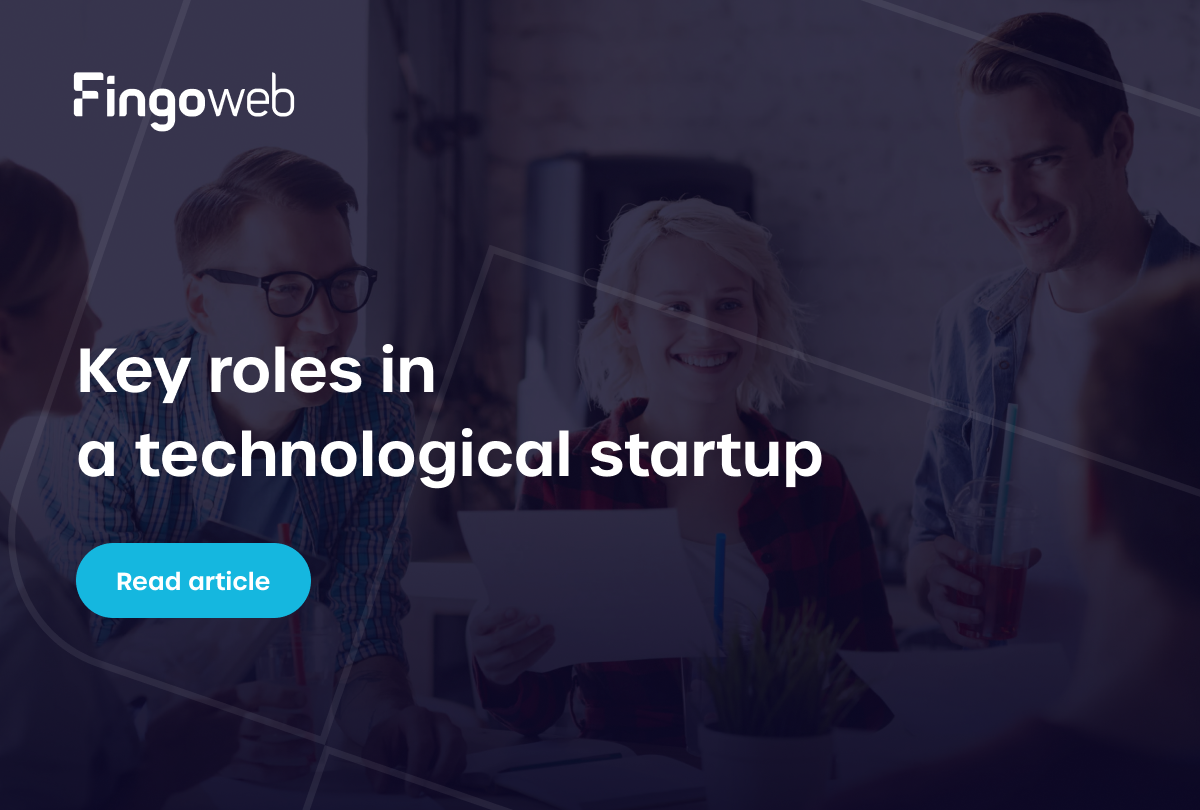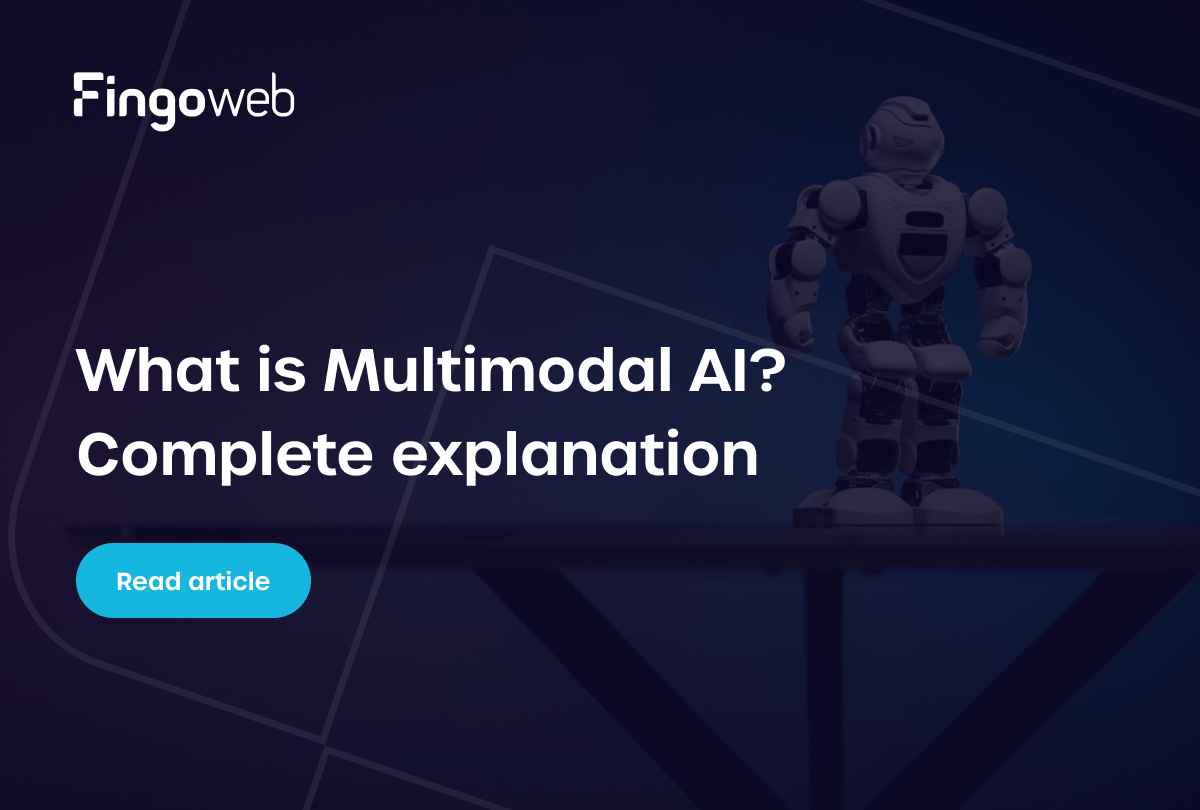The topic of AI has transitioned from “trendy” to “essential”. In many industries, utilizing cost-effective AI solutions already dominates competitiveness, and in the near future, adopting AI in business may become a decisive factor for a company’s existence.
Table of Contents:
- What differentiates an AI model, framework, and library?
- AI Libraries – what are the differences?
- How can AI libraries be utilized?
- AI Libraries and project development
The hype for solutions utilizing AI elements is enormous and – surprisingly – has not diminished since the public release of ChatGPT. Although AI solutions have been available on the market for years, the recent surge in popularity has significantly reduced the cost of implementation.
Currently, you can decide between building a dedicated, proprietary application, using open-source libraries and models, and corporate solutions such as Google’s Vertex AI, Microsoft’s Azure ML, or Amazon SageMaker.
Moreover, each of these ecosystems allows for relatively trouble-free data uploading and endpoint connection. For instance, with Google Cloud, AutoML enables fine-tuning of selected models and implementation of solutions without specialized knowledge and coding skills.

The plethora of solutions in the market is one thing, but nothing can be done without the appropriate quality and quantity of data. For this reason, digital-first companies find it easier to integrate AI into their processes.
What differentiates an AI model, framework, and library?
For starters, three terms worth understanding. Machine Learning (ML) is a part of AI, but these terms are not equivalent or interchangeable. They can be thought of in the following way:
- ML – Machine Learning is about creating algorithms and statistical models that enable computers to perform specific tasks in the shortest possible time and with the highest efficiency.
- AI – The goal of AI is to create systems capable of mimicking human action. AI utilizes elements of ML, such as neural networks.
Additionally, there’s Deep Learning, referring to multi-layered ML algorithms, and Artificial General Intelligence (AGI), a system capable of mimicking any human action, not limited to a single category (e.g., text processing, image generation, categorization) and potentially outperforming humans. Thankfully, AGI has not yet been achieved.
As it turns out, AI is a much broader term. It may turn out that often, ML solutions are sufficient for your company. Therefore, the project should be primarily tailored to the business needs and objectives.
Returning to the topic, three terms appear in the context of AI:
- Model – which has been trained to perform specific tasks by processing large amounts of data and learning from them. It uses learned patterns to make forecasts or decisions without the need to be reprogrammed each time new data is presented. Examples of models include GPT-3.5, LLama 2, Stable Diffusion XL.
- Framework – a set of tools designed to help developers more efficiently create AI applications. It facilitates structural building and training of models, making implementation easier and faster. Examples of frameworks include PyTorch and Keras.
- AI Library – a collection of pre-written code that developers can use to create AI applications. It contains tools and functions for tasks such as machine learning, data analysis, and pattern recognition. An example of an AI library is Scikit-learn.
And to simplify further: models can be created or implemented using frameworks in
which libraries are embedded.

Choosing the right tools for a project is crucial to limit work time and ensure the highest efficiency. Different libraries will be used when creating a recommendation system for an online store than when creating systems for autonomous vehicles.
AI Libraries – what are the differences?
AI libraries should be selected according to the project because they offer different possibilities, often focused on specific AI segments (text processing, computer vision, classification models).
In our projects, we often use:
- Pandas. A Python library particularly useful for data visualization and management.
- Numpy. A library that allows efficient execution of calculations on matrices, which are typically encountered in Data Science.
- Matplotlib. Enables the creation of data charts.
- Scikit-learn. A library for building many types of models, such as linear regression or classification models. It also provides tools for evaluating the quality of these models.
Of course, there are more libraries, including those for natural language processing and text analysis, document similarity analysis, image processing, neural network construction, and Deep Learning.
How can AI libraries be utilized?
The use of AI libraries in a project should primarily be conditioned by the project's needs and the goals we are achieving. The AI library should be embedded in a larger strategy, such as a digital transformation strategy or optimization of a department's processes.

Based on the objectives to be achieved, a team of specialists will select tools, including frameworks and libraries. Example:
- The organization has a lot of digitized documents and wants to create a chatbot that allows company employees to converse with the database, thereby reducing the time to search for information and increasing availability.
- Vectors are created from the documents and embedded in the Pinecone vector database. The transformers' library, the LangChain framework, and the open-source Llama 2 70B model will be used to create the model.
- A local application based on the model will be created, accessible only within the company's intranet.
This is just one of the countless examples of library usage. In implementing AI projects at Fingoweb, we use libraries with extensive documentation that allow for expansion (e.g., adding your function). One of them was the aforementioned Pandas.
AI Libraries and Project Development
The AI library is simply one small component in implementing projects that utilize machine learning or AI. The decision for such a project should primarily arise from the need and desire to increase the effectiveness of an organization's actions, enhance competitiveness, or enter new markets.
An AI project starts with understanding business objectives and the feasibility of achieving them. And even the best idea cannot be created without… data. Data will be the next topic in the series of articles devoted to AI.
Frequently Asked Questions
What differentiates an AI model, framework, and library?
- An AI model is a trained algorithm that performs specific tasks (e.g., GPT-3.5, LLama 2, Stable Diffusion XL).
- An AI framework is a set of tools that assist in creating AI applications, enabling structured building and training of models (e.g., PyTorch, Keras).
- An AI library is a collection of pre-written code used to create AI applications, containing tools and functions for specific AI tasks (e.g., Scikit-learn, Pandas).
What are the main differences between different AI libraries?
AI libraries differ in capabilities and are often specialized in specific AI segments, such as text processing, computer vision, or classification models.
How can AI libraries be used in projects?
The use of AI libraries should be tailored to the needs and objectives of the project. Libraries should be part of a larger strategy, such as digital transformation or process optimization. Proper selection of libraries and tools enables efficient creation of advanced solutions, such as chatbots utilizing a database of digitized documents, or other applications aimed at optimizing work within a company.








